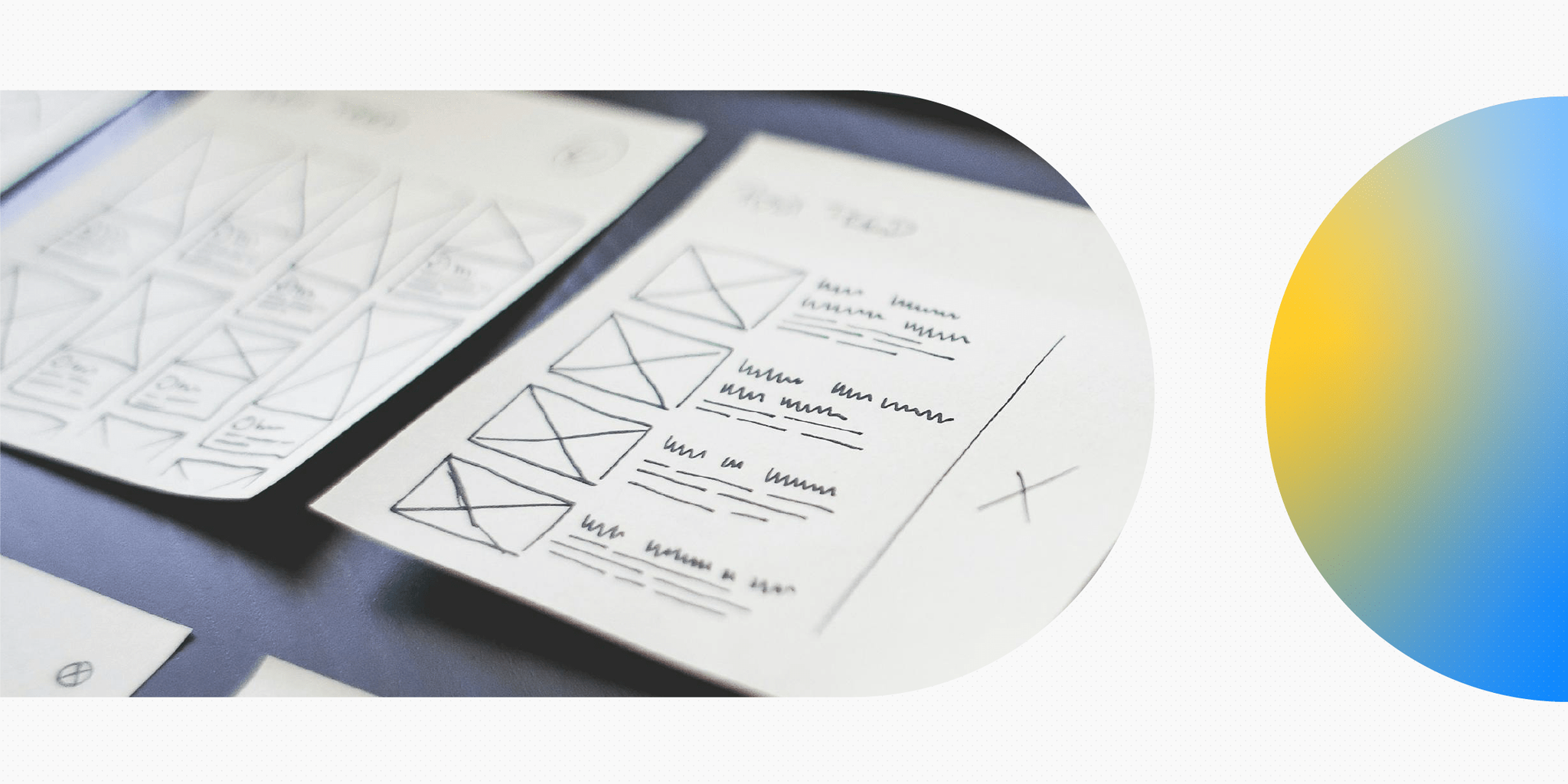UX writing and content design are some of the most talked-about facets of product design right now. Whether you’re working in a UX writing/content design role yourself or in the wider tech field, it’s important to know where UX writing is headed.
So what is the future of UX writing and content design? What trends are shaping the industry?
Here are our top UX writing and content design trends to be aware of:
- Demand for UX writers and content designers will (continue to) boom
- Dedicated UX writing and content design tools are emerging
- The growing importance of UX translation and localisation
- More remote work for UX writers and content designers
- The rising demand for specialist UX writing and content skills
Skip ahead to each trend to learn more, or start with a reminder of what UX writing and content design actually are.
What are UX writing and content design?
UX writing and content design both belong to the broader field of product design. In practical terms, they constitute the same thing: the design of written content.
So what do UX writers and content designers do? In a nutshell, they write the words and messages that guide the user around a digital product and they consider where and how those messages fit into — and facilitate — the overall user experience.
Just like its parent field (UX design), good content design is all about helping people to find the information they need as quickly and easily as possible. It considers user needs, goals and behaviours to identify the most appropriate content format and to determine the exact moments and touchpoints that content should be presented.
Note that UX writing and content design aren’t separate from UX/UI and product design. They are firmly integrated into the overall product design process, with UX writers and content designers usually (ideally) sitting in the product design team.
You can learn more about UX writing and content design in our dedicated guides: What is UX writing and how do you do it? and What is content design?
The future of UX writing and content design: 5 trends shaping the industry
1. Demand for UX writers and content designers will (continue to) boom
In 2017, John Maeda described writing as one of the most important skills for designers to have. Fast forward to the present and writing is no longer seen as just an additional skill in the UX designer’s set. It has flourished into a craft of its own, with dedicated UX writers and content designers increasingly hired into product teams.
LinkedIn named content designer as one of the most in-demand jobs of 2022 and we expect content design and UX writing job titles to feature on similar lists for years to come.
As the field continues to become more established and as more companies recognise the importance of content design, we’ll see the demand for UX writers and content designers continue to grow. And, as the field matures, we can anticipate an increase in senior positions too.
2. Dedicated UX writing and content design tools are emerging
The days of having to write your product copy in random docs and hope for the best are slowly fading away, thank goodness. The future of UX writing and content design promises more specialised, dedicated tools — helping to further cement the UX writer’s role in the overall product design process.
Some UX writing and content design tools worth checking out are Frontitude and Ditto. Both are jam-packed with awesome features for every aspect of the content designer’s role — whether it’s creating a reusable copy repository, tracking and centralising feedback, localising translated text or handing over to the developers. Popular design tool Figma also has a dedicated writing toolkit.
We look forward to seeing what other new tools appear on the market.
3. The growing importance of UX translation and localisation
Most digital products are available in multiple languages. Usually, when you use an app or some kind of software, you have the option to select your preferred language.
Now, it’s no good having stellar UX copy in one version of your product (say, the English language version) without giving a second thought to how the copy will fare when it’s translated into other languages. You want to provide a delightful, on-brand user experience in all markets, after all.
As such, UX writers and content designers will increasingly be called upon to not only collaborate closely with translation and localisation specialists but also to write with translation and localisation in mind.
UX writers and content designers of the future will need to get to grips with the art of writing for global, multilingual audiences. Get ahead of this trend with these posts: 5 Pitfalls of UX translation (and how you can overcome them) and Why you should care about localisation in UX writing.
4. More remote work for UX writers and content designers
This particular trend probably won’t come as a surprise, given that it’s a trend we’re seeing across most of the tech industry. That’s right: the future of UX writing and content design is set to hold even more remote opportunities than ever before.
Remote work spiked in the wake of the Covid-19 pandemic and many companies have continued to offer it as an optional perk for their employees. At the same time, we’re seeing a growing number of remote-only companies. It seems that remote work is here to stay and there’ll be no shortage of remote roles for UX writers.
In their round-up of the most in-demand jobs for 2022, LinkedIn puts remote job availability for content designers at 21.6%. As remote work continues to boom, we believe this figure will rise significantly.
5. Rising demand for specialist UX writing skills
Nowadays, you don’t just have UX designers. You have specialists who focus on one particular aspect, like UX researchers, UX strategists and information architects. As UX writing becomes more established, we predict that a similar thing will happen.
One day, we won’t just have UX writers. We’ll have UX writers for chatbots, UX writers for VR, UX translators and localisation specialists, technical UX writers… and so on. Who knows, maybe we’ll even have UX writing strategists and dedicated UX writing researchers?
Only time will tell. But, either way, it’s an exciting time to become a UX writer and join the fascinating, fast-evolving world of content design.
Keen to break into UX writing and content design? If you haven’t already, you’ll need to learn the fundamentals of user experience design first. We’ve put together this guide to help you get going: UX design for beginners: How to learn UX and get started in the field.




